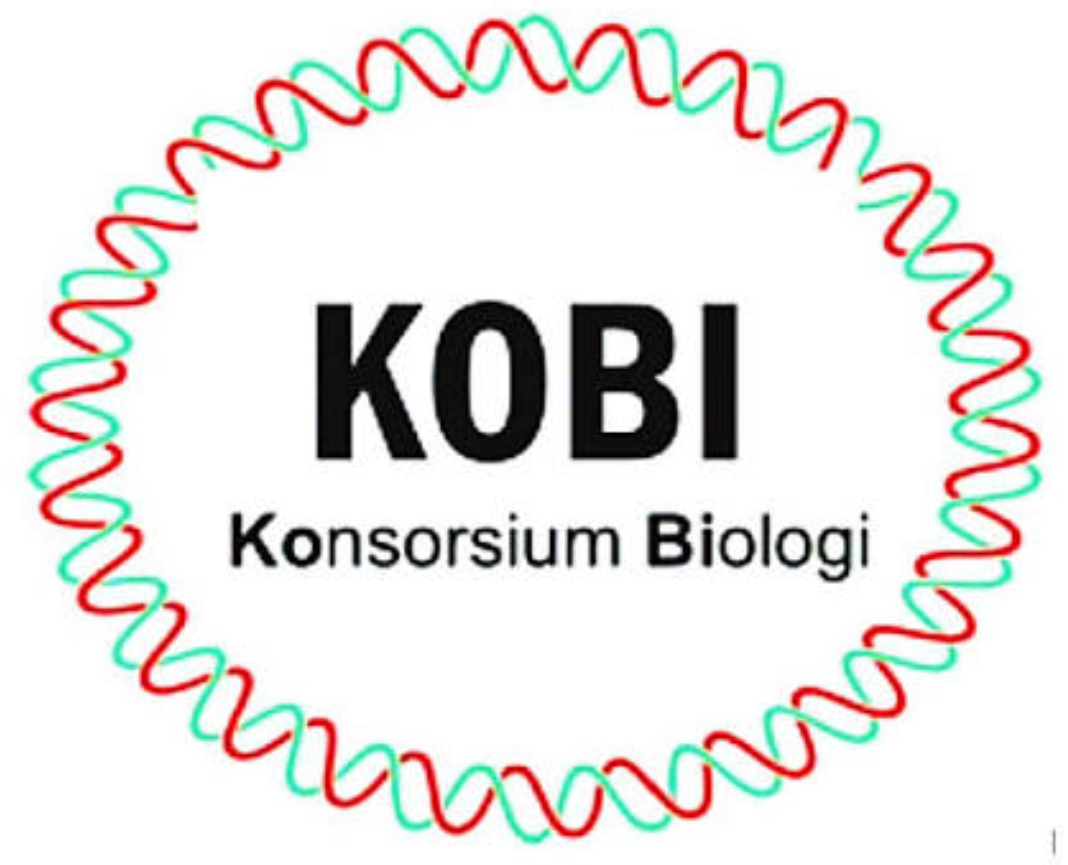Title:
Bioactivity Test of Bitter Melon (Momordica charantia L.) Ethanol Extract As Larvacide on Aedes sp and Culex sp.
Author:
Abstract
Aedes aegypti and Culex sp. is a vector of dengue, filariasis, and malaria in Indonesia. One of the alternative efforts to control the spread of mosquitoes that are safe and harmless to the environment and humans can be done by giving natural ingredients that have the potential as larvicides, namely bitter melon. The purpose of this study was to determine the effect and effectiveness of bitter melon as a natural larvicide for Aedes aegypti and Culex sp. The design of this study was experimental using samples of bitter melon and fourth instar larvae of Aedes aegypti and Culex sp. The treatments in this study included ethanol extract of bitter melon with concentrations of 250 ppm, 500 ppm, 750 ppm and 1000 ppm, abate 1% as a positive control and aquades as a negative control. All treatments were given to the fourth instar larvae of Aedes aegypti Culex sp. each containing 20 larvae. Data analysis in this study was carried out by One-Way ANNOVA test, Independent sample t-test, and probit analysis. The results showed that the lowest-highest percentage of Aedes aegypti larvae mortality ranged from 26% - 85%, while Culex sp. ranged from 17% - 65%. The results of the ANOVA test showed significant differences between the treatment groups (P<0.05) in both Aedes aegypti and Culex sp. but the results of the Independent sample t-test showed no significant difference (P>0.05) between the Aedes aegypti and Culex sp. The results of the probit analysis showed that the LC50 value for Aedes aegypti was 728,789 ppm while Culex sp was 732,272 ppm. The conclusion of this study was that the administration of ethanol extract of bitter melon was more effective on the fourth instar larvae of Aedes aegypti than Culex sp.
Keywords
Full Text:
PDFReferences
Aditama, W., and Yosep Sitepu, F. (2019). Optimizing of Maseration With Ethanol and Water Solvents Against The Toxicity of Extract Of Wuluh Starfruit (Averrhoa bilimbi L.) in Controlling Larva of Aedes aegypti. International Journal of Mosquito Research, 6(1), 109–113.
Annisa, R., Amir, M. and Kuncoro, H. (2017). Toxicity Study of Pare Leaf Extracts (Momordica Charantia) to Culex Pipiens Mosquito Larvae. Journal of Islamic Pharmacy, 2(2), 13. https://doi.org/10.18860/jip.v2i2.4506
Dheasabel, G. dan Azinar, M. (2018). The Ability of Bitter Gourd Extract against Mosquito Death on Aedes aegypti. HIGEIA (Journal of Public Health Research and Development), 2(2), 331–341. https://doi.org/10.15294/higeia.v2i2.20866
Hanani, E. (2015). Phytochemical Analysis. Jakarta : EGC
Lakshmi, K. V., Sudhikumar, A. V. and Aneesh, E. M. (2018). Larvicidal Activity of Phytoextracts Against Dengue Fever Vector, Aedes aegypti - A Review. Plant Science Today, 5(4), 167–174. https://doi.org/https://dx.doi.org/10.14719/pst.2018.5.4.407
Mituiassu, L. M. P., Serdeiro, M. T., Vieira, R. R. B. T., Oliveira, L. S. and Maleck, M. (2022). Momordica charantia L. Extracts against Aedes aegypti larvae. Brazilian Journal of Biology, 82. https://doi.org/10.1590/1519-6984.236498
Natadisastra, D. and Agoes, R. 2005. Medical Parasitology: Judging from the Body Organs Attacked. Jakarta : EGC
Nurhaifah, D. and Sukesi, T. W. (2015). Effectiveness of Sweet Orange Peel Juice as Mosquito Larvicide Aedes aegypti. Kesmas: National Public Health Journal, 9(3), 207. https://doi.org/10.21109/kesmas.v9i3.566
Nursal and Yeanny, M. S. (2019). The Egg Hatchability and the Development of Aedes aegypti Mosquitoes in Ethanol Extracts of the Leaves of Bitter Melon (Momordica charantia L.) and Basil (Ocimum basilicum L.). IOP Conference Series: Earth and Environmental Science, 305(1). https://doi.org/10.1088/1755-1315/305/1/012048
Prakoso, G., Aulung, A. and Citrawati, M. (2016). Effectiveness Test of Bitter Gourd Extract (Momordica charantia) on Larval Mortality Aedes aegypti. Jurnal Profesi Medika, 10(1), 46–53.
Pusarawati, S., Ideham, B., Kusmartisnawati, Tantular, S.I, and
Basuki, S. Atlas of Medical Parasitology. (2013). Jakarta : EGC.
Rajashekara, S., Kiran, R., Asha, R., Chaitra, P. N., Mahesh, M., Mala,
N., Nandini, K. R., Hansda, N., Shashi, S., Suresh Kumar, M. and
Venkatesha, M. G. (2021). Screening of Plant Extracts Against a Vector of Arboviruses, Aedes aegypti (Linnaeus) (Diptera: Culicidae). Proceedings of the Zoological Society, 74(2), 205–210. https://doi.org/10.1007/s12595-021-00364-8
Ramayanti, I. dan Febriani, R. (2016). Larvicide Effectiveness Test of Papaya Leaf Extract (Carica papaya Linn.) Against Aedes aegypti larvae. Syifa’MEDIKA, 6(2), 79–88.
Ministry of Health the Republic Indonesia. (2020). Action Plan for Activities. 2020-2024. 12–26.
Subramaniam, J., Murugan, K., Kovendan, K. and Kumar, P. M. (2012). Larvicidal and Pupcidal Efficacy of Momordica charantia Leaf Extract and Bacterial Insecticide, Bacillus thuringiensis against Malarial Vector, Anopheles stephensi Liston. (Diptera: Culicidae). Journal of Biopesticides, 5(SUPPL.), 163–169.
Susilawati dan Hermansyah. (2015). Larvicidal Activity of Pare Fruit Methanol Extract (Momordica charantia L.) Againts Larvae Aedes Aegypti. Molekul, 10(1), 33–37.
Syam, I. dan Pawenrusi, E. P. (2017). Larvicidal Activity of Pare Fruit (Momordica Charantia) in Killing Larvae Aedes Aegypti. Jurnal Kesehatan Masyarakat Andalas, 10(1), 19. https://doi.org/10.24893/jkma.v10i1.158
Wasilah, Z. S. (2019). Larvicide Effectiveness of Sweet Starfruit Extract (Averrhoa carambola L) Against Mosquito Larvae Aedes aegypti and Culex sp. Binawakya, 14(4), 2481–2492. http://ejurnal.binawakya.or.id/index.php/MBI
WHO. (2005). Guidelines for laboratory and field testing of mosquito larvicides. World Health Organization,1–41. http://whqlibdoc.who.int/hq/2005/WHO_CDS_WHOPES_GCDPP_2005.13.pdf?ua=1
DOI: https://doi.org/10.31002/ijobe.v5i1.6028
Article Metrics
Abstract view : 0 timesPDF - 0 times
Cited By
Refbacks
- There are currently no refbacks.
Copyright (c) 2022 Indonesian Journal of Biology Education

This work is licensed under a Creative Commons Attribution-NonCommercial-ShareAlike 4.0 International License.

This work is licensed under a Creative Commons Attribution-NonCommercial-ShareAlike 4.0 International License.
indexed by :
Jalan Kapten Suparman 39 Magelang, Jawa Tengah, Indonesia 56116
Phone (0293) 364113 Fax (0293) 362438
Website: http://jurnal.untidar.ac.id/index.php/ijobe









 Abstract views : 0
|
Abstract views : 0
| PDF views : 0
PDF views : 0

